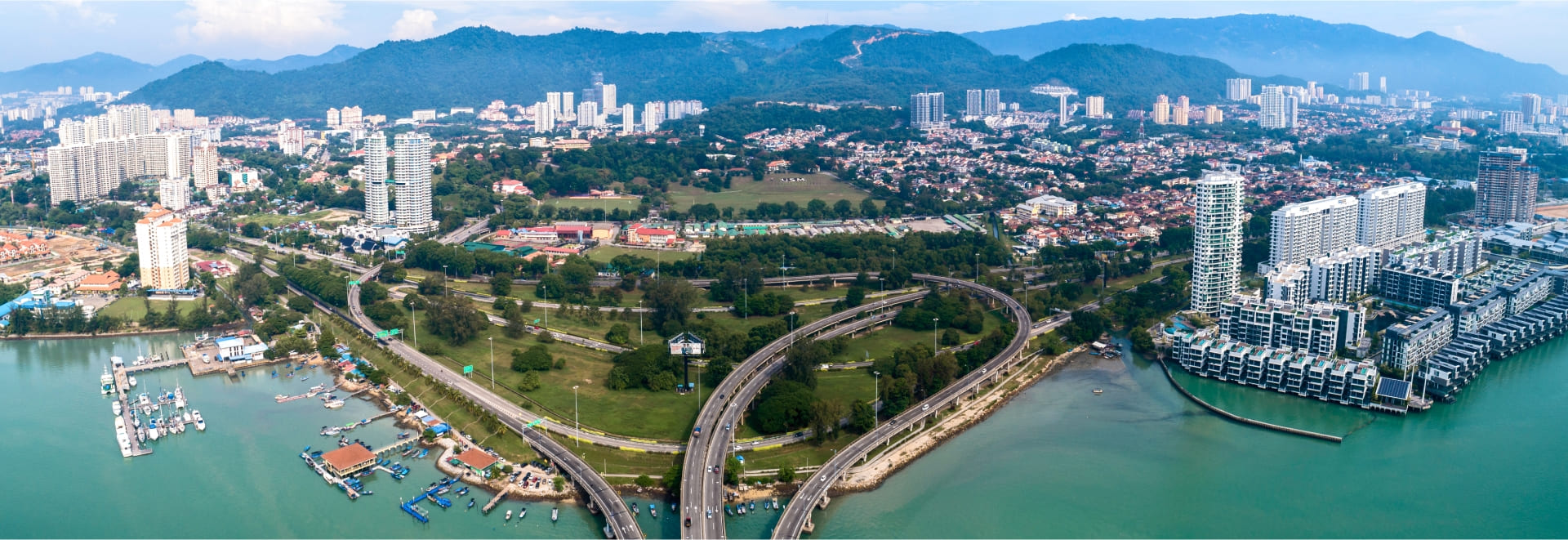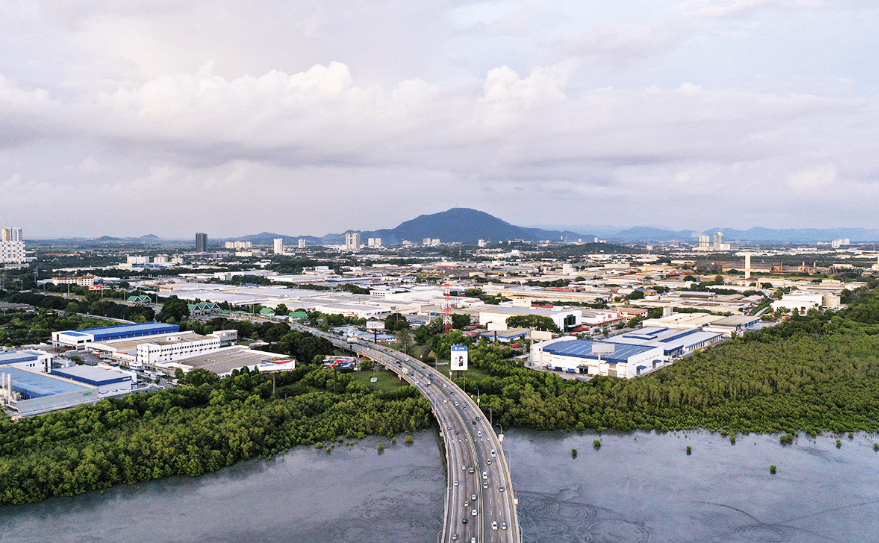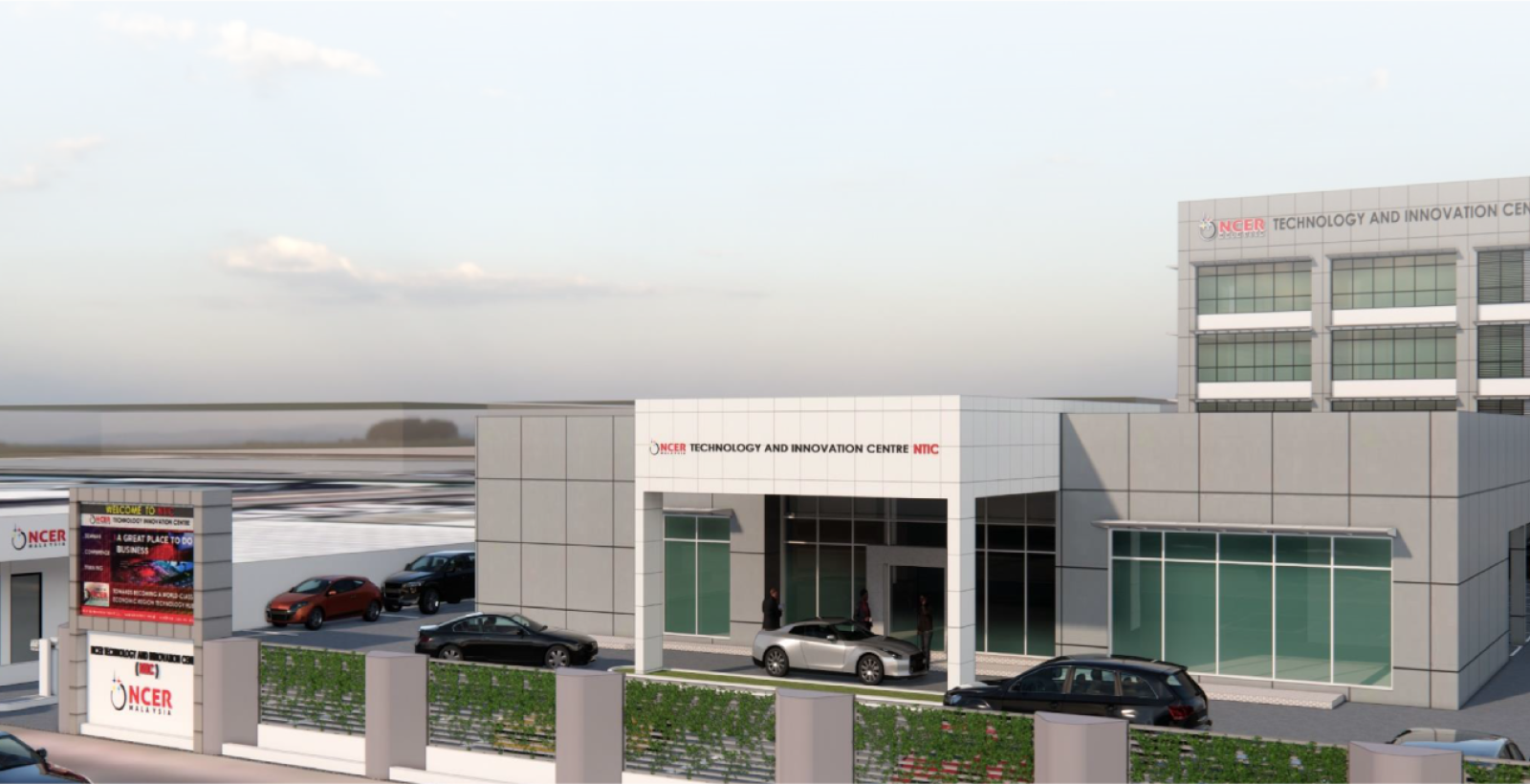Introduction
Pulau Pinang’s competitive edge lies in its skilled workforce, robust supply chain, top-notch infrastructure and government support, making it a preferred destination for companies to establish their presence in the state.
Pulau Pinang also serves as NCER’s main international trade hub via Penang Port, the third largest cargo seaport in Malaysia. With excellent rail and road connectivity to Southern Thailand and the northern Malaysia states, Penang Port provides strong logistics support for the importation of raw materials and exportation of finished products.
Known as the Pearl of The Orient, Pulau Pinang is the only NCER state with a GDP per capita exceeding the national average. Although it is doing relatively well, it needs to sustain its growth momentum in order to be the catalyst for the region’s growth and development.
PENANG is often dubbed the Silicon Valley of the East, owing to its strong and vibrant electrical and electronics (E&E) ecosystem, which has evolved from being labour-intensive and low value-added to capital-intensive, knowledge-based and high-technology.
It began in the 1970s when The Eight Samurai — Intel, Robert Bosch, Clarion, Advanced Micro Devices (AMD), Hewlett-Packard (HP) (now Keysight Technologies and Agilent Technologies), Litronix (now Osram Opto Semiconductors), Hitachi (now Renesas Electronics) and National Semiconductor (now Texas Instruments) — established their operations in Penang.
Key Economic Activities
Development Framework
Pulau Pinang will continue to leverage on its strengths to achieve a balanced development and create a family-focused, green and smart state that inspires the nation, as outlined in the Penang 2030 Vision.
Pulau Pinang’s strategic positioning under the NCER Strategic Development Plan is aimed at intensifying the state’s:

Research & Development & Commercialisation (R&D&C)

Logistics

Health

Archaeotourism

Heritage Tourism







